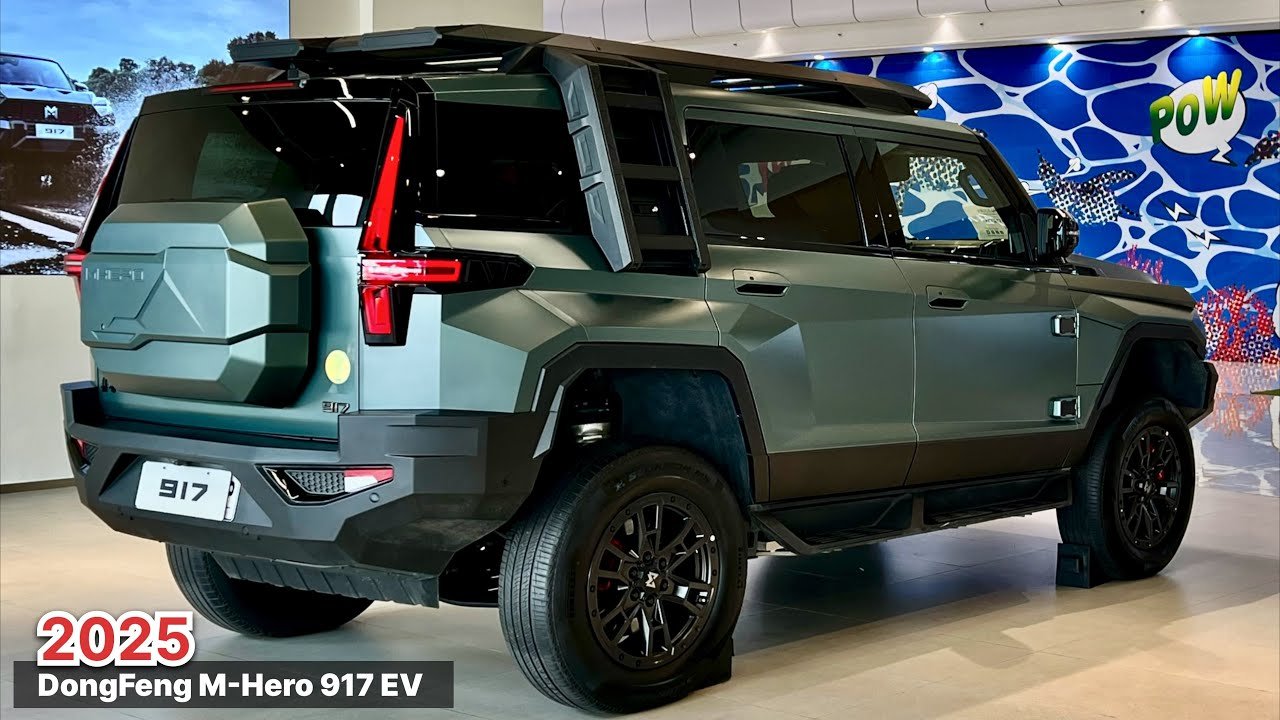Hey there, auto enthusiasts! If you’re keeping tabs on the electric vehicle scene, you’ve probably heard the buzz about Chinese carmakers shaking things up. Dongfeng Motor is in the spotlight right now with its bold decision to delist from the Hong Kong Stock Exchange. This isn’t just any exit—it’s tied to spinning off its premium EV brand, Voyah, for a fresh start. Announced just days ago, this move has sent shares skyrocketing. Let’s break it down and see what it means for the future of EVs.
The Backstory on Dongfeng’s Hong Kong Exit
Dongfeng Motor Group first listed on the Hong Kong Stock Exchange back in 2005. It was a way to grab extra cash for growth, but the company stayed mostly state-owned.
Over the years, though, its stock hasn’t reflected its true value. Analysts point to a “holding discount” because it’s viewed as a massive conglomerate. That kept the share price below the net asset value for too long.
Now, in 2025, Dongfeng’s parent company is taking it private in a massive HK$55.1 billion deal—about $7.1 billion. Shares jumped nearly 70% when trading resumed, showing investor excitement.
This privatization lets Dongfeng streamline and focus on high-growth areas like electric vehicles.
Voyah Steps into the Spotlight as Dongfeng’s EV Star
Voyah, sometimes called Lantu, launched in late 2020 as Dongfeng’s answer to the luxury EV market. It’s all about top-tier tech, from sleek designs to cutting-edge batteries.
The brand’s first model, the Voyah Free, rolled out in China in 2021. Since then, sales have surged, making it one of Dongfeng’s hottest assets in the booming new energy vehicle (NEV) space.
What sets Voyah apart? Think advanced features like semi-autonomous driving and long-range batteries. It competes head-on with big names like Tesla and NIO, appealing to folks who want style and sustainability.
Inside the Spin-Off: A Greener Path Forward
This delisting is part of a bigger plan. Dongfeng is merging with its parent and spinning off Voyah for its own Hong Kong listing. The idea? Pool resources into EVs and ditch the undervaluation drag.
The Hong Kong filing highlights how this boosts overall value. Dongfeng can now zero in on NEVs, accelerating the switch from traditional gas cars to electric ones.
Shareholders are getting a sweet deal too. For each Dongfeng H-share, it’s HK$6.68 in cash (around $0.86) plus about 0.36 Voyah H-shares. The total package? Roughly HK$10.85 per share, a hefty premium over recent prices.
Key Deal Details in a Nutshell
Here’s a quick table summarizing the shareholder perks and overall setup:
| Aspect | Description | Value Impact |
|---|---|---|
| Cash Payout | HK$6.68 per Dongfeng H-share | About $0.86, providing immediate liquidity |
| Voyah Shares | Approximately 0.36 H-shares per Dongfeng share | Ties into Voyah’s growth potential |
| Total Value | Combines cash and stock for a premium offer | Around HK$10.85 per share, up 82% from pre-suspension close |
| Deal Size | Privatization of Dongfeng unit | HK$55.1 billion ($7.1 billion) |
This structure rewards investors while giving Voyah room to thrive independently.
Voyah’s Push Beyond China: Global Dreams and Hurdles
Voyah isn’t content with just dominating at home. It’s already selling in places like Norway, Switzerland, and Israel—markets where EVs are hugely popular.
Last year, 2024 plans targeted Europe, including Germany, France, Italy, Spain, and Portugal. But those got pushed back, likely due to EU tariffs on Chinese-made EVs.
In 2025, tariffs remain a big issue, with rates up to 25% or more on imports from China. This protects local makers but slows Voyah’s entry. Still, with ongoing trade talks, things could shift.
- Keep an eye on EU Commission updates for tariff changes.
- Follow Voyah’s official channels for launch news.
- Compare specs: Check battery range, charge times, and pricing against rivals.
Dongfeng’s Full Makeover: Ditching Old Ties for EV Focus
Dongfeng isn’t stopping at the delisting. It’s reorganizing big time. Just earlier this month, it put its 50% stake in the Dongfeng Honda Engine joint venture up for sale—signaling a goodbye to combustion engines.
On the flip side, a new plant in Wuhan is pumping out 120,000 NEVs a year. It’s a clear sign of pivoting to electric tech.
These steps fit China’s push for greener transport, cutting emissions and creating jobs in innovation.
Wrapping Up: What This Means for the EV World
Dongfeng’s 2025 moves are a game-changer in the Chinese EV market. By going private and spinning off Voyah, it’s betting big on electric futures. This could inspire more innovation and give drivers better, greener choices.
If EVs excite you, Voyah is worth watching. Maybe check out their lineup or think about investing in sustainable tech. What’s your view on China’s EV dominance? Drop a comment below!
FAQ: Quick Answers on Dongfeng and Voyah
What exactly is Voyah?
Voyah is Dongfeng’s premium electric vehicle brand, launched in 2020. It focuses on luxury EVs with advanced tech, helping Dongfeng tap into high-growth markets.
Why is Dongfeng delisting now?
After 20 years, Dongfeng feels undervalued on the exchange. Privatization unlocks value and shifts focus to profitable EVs without market discounts.
How are shareholders compensated?
They get HK$6.68 cash plus about 0.36 Voyah shares per Dongfeng share, totaling around HK$10.85—a big premium.
What’s holding back Voyah in Europe?
EU tariffs on Chinese EVs, up to 25% or higher, have delayed 2024 plans. Trade tensions continue into 2025.
How does this tie into global EV trends?
It shows the industry’s electrification shift. Dongfeng’s EV pivot reduces emissions and boosts innovation worldwide.
Where can I buy Voyah cars outside China?
Currently in Norway, Switzerland, and Israel. Watch for updates on further expansion amid tariff talks.




